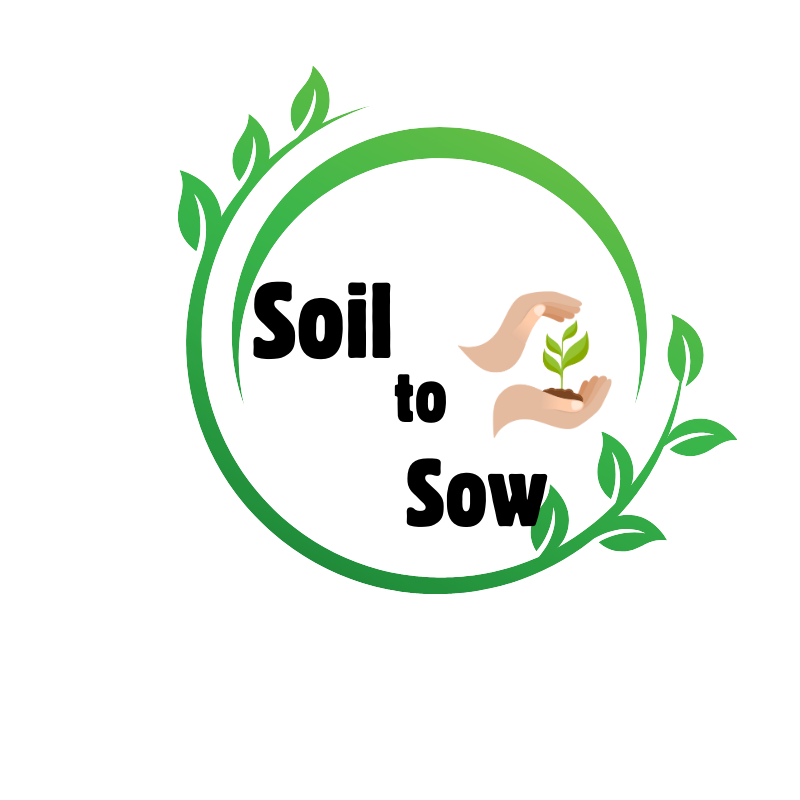Cultivars vs Varieties in Planting: Explained! #PlantCultivars #PlantVarieties
0 views
Jun 13, 2025
Confused about the difference between cultivars and varieties? 🌱 In this video, we break down what each term means and how they relate to planting. Learn how cultivars and varieties impact your garden and which one you should choose for your plants. Perfect for beginners and gardening enthusiasts alike!
View Video Transcript
0:01
in the world of plant taxonomy the terms
0:04
cultivar and variety are frequently used
0:07
to describe deviations from the species
0:09
standard these deviations can affect
0:11
characteristics such as plant or Bloom
0:13
size color fragrance and leaf
0:17
type while both terms are often used
0:19
interchangeably they represent distinct
0:22
Concepts understanding the differences
0:24
between cultivars and varieties is
0:26
crucial for Growers and home gardeners
0:28
especially when considering legal
0:30
restrictions on propagation a cultivar
0:33
short for cultivated variety is a plant
0:35
propagated through human intervention to
0:37
develop and maintain desirable
0:39
characteristics cultivars are typically
0:42
created through methods such as stem
0:43
cutting grafting tissue cultures or
0:47
cross-pollination the process of
0:48
breeding a cultivar often begins with
0:50
hybridizing which involves
0:52
cross-pollinating to self-pollinating
0:53
parent plants this process can take
0:56
years of experimentation and expense
0:59
once a hybrid with the desired features
1:01
is achieved it is identified as a
1:03
cultivar to preserve these features
1:06
cultivars are cloned through cuting
1:08
grafting or tissue culture as seeds may
1:10
not produce identical Offspring
1:12
cultivars can also originate from
1:14
natural mutations known as Sports which
1:16
occur in individual plants when
1:19
identifying cultivars the name follows
1:21
the genus and species names with the
1:23
first letter capitalized and enclosed in
1:25
single quotation marks this labeling
1:28
provides more detail about the plants
1:30
features than listing just the genus and
1:32
species for example Ria Herta Denver
1:35
Daisy is a cultivar of the species
1:37
Rudbeckia HTA such labeling helps
1:40
distinguish cultivars from their parent
1:41
species and highlights specific traits a
1:44
plant variety on the other hand is found
1:46
growing and reproducing naturally in the
1:48
plant kingdom varieties arise from
1:50
Natural Evolution and adapt to
1:52
differences in habitat they are often
1:55
found in groupings that have
1:56
cross-pollinated plants grown from the
1:58
seeds of a species variety are typically
2:00
exact copies of the parent
2:03
plant this natural occurrence contrasts
2:05
with the human intervention required to
2:07
create cultivars the correct labeling
2:10
for plant varieties involves the
2:11
abbreviation VAR following the genus and
2:14
species names succeeded by the variety's
2:16
proper name in lowercase
2:18
italics an example is the purple
2:20
Japanese maple taxonomically identified
2:23
as Acer palmatum VAR
2:26
atrum this labeling method distinguishes
2:28
varieties from cultivars and highlights
2:30
their natural origin and evolutionary
2:33
adaptations although cultivars and
2:35
varieties are often confused they differ
2:37
in several key ways varieties occur
2:40
naturally and are found in groups while
2:42
cultivars are individual plants with
2:44
desirable traits selected through human
2:46
intervention varieties produce seeds
2:48
that replicate the parent plant whereas
2:50
cultivars may not produce seeds or if
2:53
they do the seeds are unreliable for
2:56
cloning cultivars require vegetative
2:58
propagation to maintain their
3:00
characteristics additionally cultivars
3:03
may be protected by plant patents
3:05
restricting their propagation cultivars
3:07
are often patented to protect the
3:09
investment of the grower who developed
3:10
them a plant patent prohibits
3:12
propagation for 20 years and is
3:15
non-renewable This legal protection
3:17
ensures that Growers are compensated for
3:19
their time and resources spent in
3:20
developing new plants before propagating
3:23
a plant it is essential to check for any
3:25
plant patents or pending patents
3:27
indicated by PP followed by a number on
3:30
the plant tag Nursery catalog or seed
3:32
packet cultivars offer several benefits
3:35
including greater disease resistance and
3:37
the elimination of undesirable traits
3:39
such as
3:41
invasiveness they introduce new plants
3:43
with desirable characteristics to the
3:45
market promoting diversity and providing
3:47
gardeners and Growers with a wider range
3:49
of options cultivars enhance the
3:51
gardening experience by offering plants
3:53
with Superior or unique traits compared
3:55
to their original species
#Agriculture & Forestry
#Biological Sciences
#Crops & Seed
#Flowers
#Gardening
#Home & Garden

